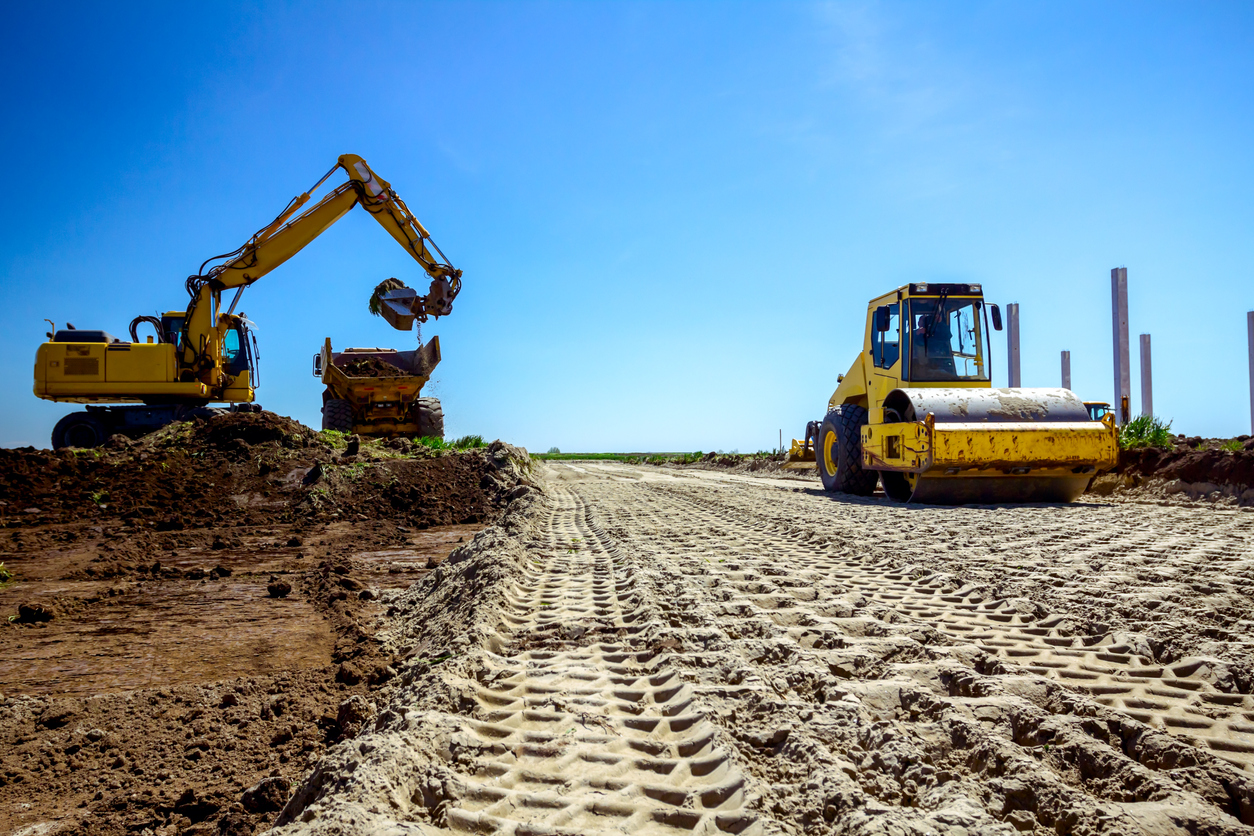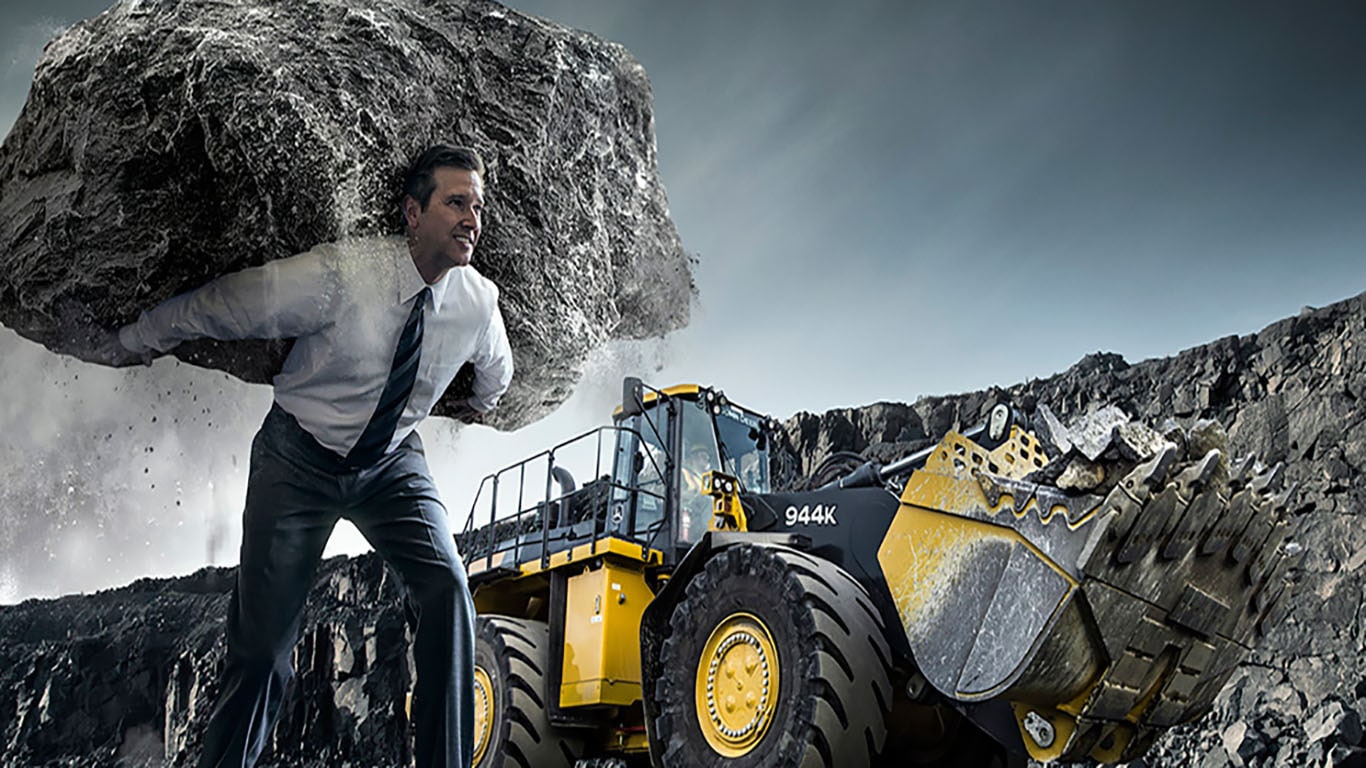Mini Excavator Rental: Compact and Powerful Equipment
Wiki Article
Leasing Vs. Purchasing Building And Construction Equipment: Making the Right Option for Your Task
When getting started on a building project, one of the essential choices that predict stakeholders and supervisors face is whether to purchase or rent building and construction devices. The choice pivots on various aspects such as cost considerations, job period, equipment maintenance, danger, flexibility, and scalability administration.Cost Considerations
When reviewing the monetary aspect of leasing versus purchasing building and construction devices, the ahead of time costs and lasting expenditures should be very carefully taken into consideration. Leasing tools often needs lower preliminary payments compared to buying, making it an attractive choice for short-term tasks or professionals with budget plan restraints. Renting out eliminates the demand for big capital expenses and reduces the financial risk connected with tools possession, such as maintenance and depreciation costs. Nonetheless, over time, consistently renting out equipment can build up higher prices than buying, especially for extensive projects.On the other hand, purchasing building and construction devices entails greater in advance expenses however can result in lasting cost savings, particularly for long-lasting projects or regular users. Eventually, the decision between renting out and purchasing construction devices pivots on the project's duration, regularity of use, budget plan factors to consider, and lasting financial objectives.
Job Period

Conversely, for long-term jobs or recurring construction job, buying devices could be the a lot more economical alternative. Investing in equipment can result in cost financial savings over time, especially if the equipment will certainly be frequently made use of. Additionally, possessing tools provides a sense of control over its availability and permits modification to fit specific project requirements.

Devices Upkeep
Offered the crucial function job duration plays in determining the most cost-effective approach in between acquiring and leasing building equipment, the focus now changes in the direction of analyzing the important facet of tools maintenance. On the other hand, possessing devices calls for a proactive strategy to maintenance to avoid breakdowns, make sure security, and extend the devices's life expectancy. Eventually, a well-maintained building and construction devices fleet, whether rented out or owned, is essential for the effective and effective conclusion of construction tasks.Flexibility and Scalability
In the realm of construction devices management, the facet of versatility and scalability holds substantial importance for project effectiveness and resource usage. Deciding to rent construction devices supplies a high level of versatility as it enables the quick adjustment of tools kinds and amounts based upon the evolving requirements of a project. Renting out allows professionals to access a wide variety of customized tools that may be required for certain jobs without the lasting dedication of possession. This versatility is especially helpful for tasks with differing demands or uncertain periods (heavy equipment rental).Furthermore, scalability, an additional vital variable, is naturally connected to flexibility. Leasing building and construction devices provides the advantage of conveniently scaling operations up or down as task demands fluctuate. Specialists can swiftly include or exchange equipment to match the project's altering needs without the restrictions of having properties that may end up being underutilized or obsolete. Resources This ability to scale sources effectively can result in expense savings and improved project timelines, making leasing a beneficial alternative for projects needing adaptability and receptive source allowance.
Risk Administration
Effective risk administration in building and construction equipment procedures is critical to making sure task success and mitigating possible economic losses. Building and construction projects inherently involve numerous threats, such as tools failures, mishaps, and task hold-ups, which can substantially affect the project timeline and budget plan. By meticulously thinking about the risks connected with owning or renting building and construction tools, job managers can make informed decisions to reduce these potential risks.Leasing building and construction equipment can offer a degree of threat mitigation by moving the obligation of repair and maintenance to the rental company. This can reduce the financial worry on the task owner in situation of unanticipated devices failings (dozer rental). In addition, leasing provides the adaptability to gain access to customized equipment for specific job phases, lowering the risk of possessing underutilized equipment
On the other hand, possessing building tools provides a feeling of control over its usage and maintenance. Nevertheless, this also indicates bearing the complete duty for repairs, upkeep expenses, and depreciation, enhancing the financial dangers linked with devices possession. Cautious danger analysis and consideration of variables such as project duration, tools see here use, and upkeep needs are important in establishing the most appropriate option for effective threat monitoring in building and construction projects.
Final Thought
Finally, when determining between purchasing and renting out building and construction tools, it is necessary to consider expense, task period, equipment upkeep, scalability, threat, and adaptability administration. Each variable plays an essential duty in identifying one of the most suitable choice for the project available. By carefully examining these aspects, job managers can make an educated decision that straightens with their spending plan, timeline, and overall task objectives.
Report this wiki page